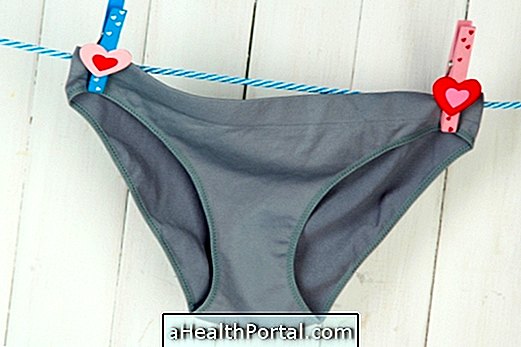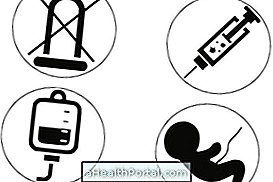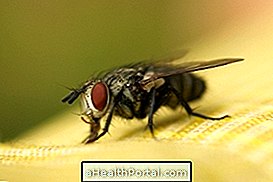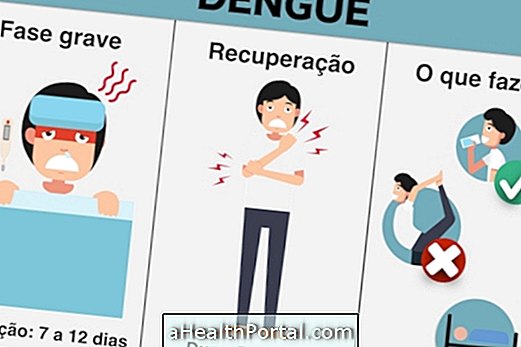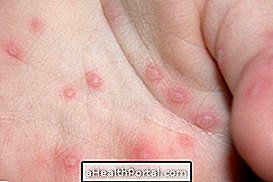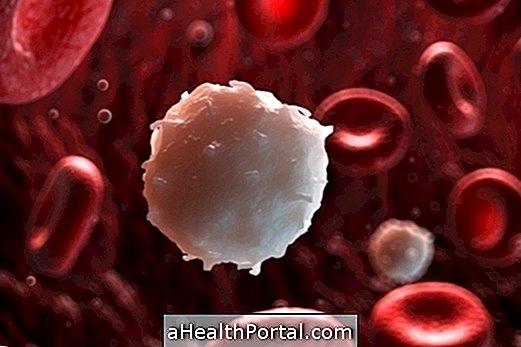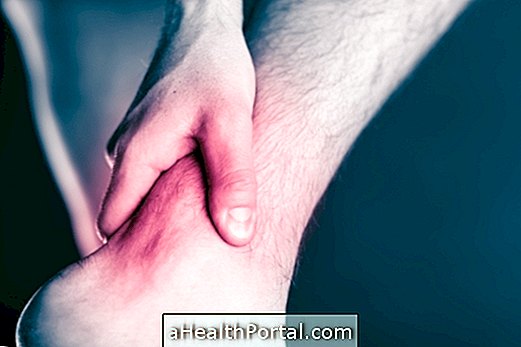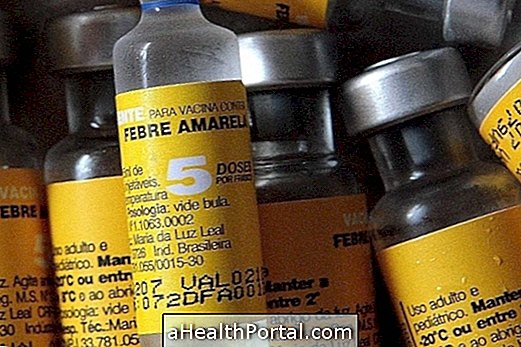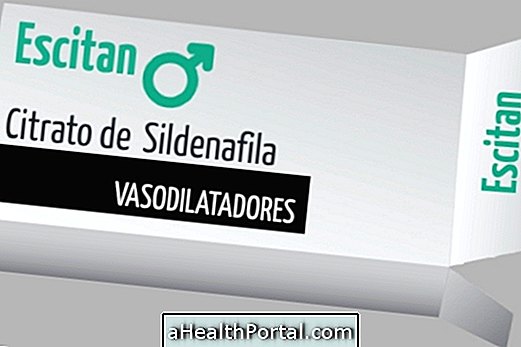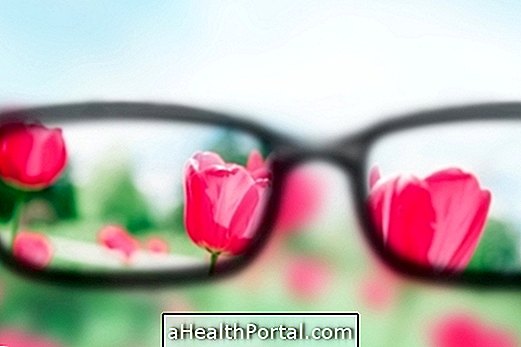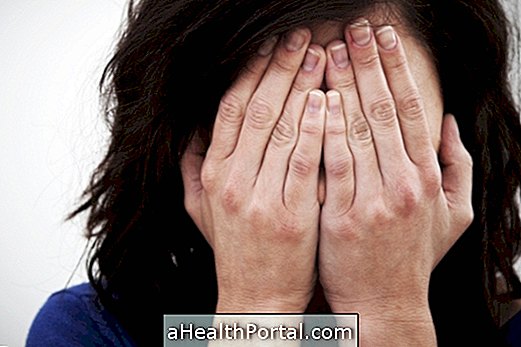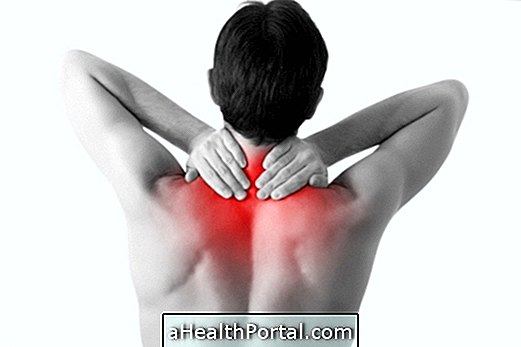Schistosomiasis, also called a water gut is a disease caused by parasites that live in fresh water such as rivers or lakes, very often in tropical regions where there is no basic sanitation.
Schistosomiasis mansoni is caused by Schistosoma mansoni, which penetrates through the skin, when it comes in contact with contaminated water, causing symptoms such as swollen and bulky belly
Signs and Symptoms of Schistosomiasis
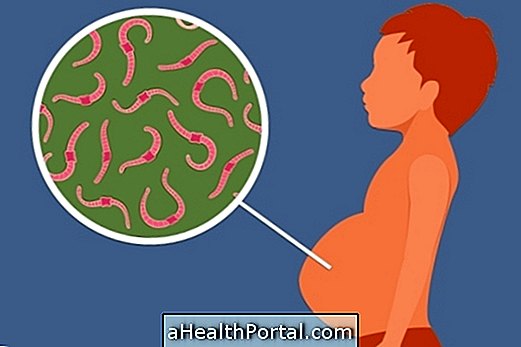
The signs and symptoms of schistosomiasis manifest in two different phases:
- 1st stage: redness and itching of the skin, fever, weakness, cough and muscle pain. There may be nausea, vomiting, diarrhea, or constipation;
- 2nd stage: blood in the urine, diarrhea with blood, vomiting with blood, cramps, abdominal pain and increased abdomen called water-belly.
The diagnosis can be made by examining feces from 3 different days, with a maximum time of 10 days between the first and last collection of feces. Blood tests may be requested to evaluate leukogram, eosinophilia, and ALT and AST liver enzymes. But in addition, abdominal ultrasound may also be useful for assessing the function of the liver and spleen.
How is the transmission cycle
Basically contamination occurs through the skin, when the person comes in contact with contaminated water. Therefore, farmers, fishermen, women and children are more vulnerable to having this disease after fishing, washing or bathing in polluted water.
The life cycle of schistosomiasis occurs as follows:
- The feces of a person with schistosomiasis contain small eggs of parasites that infest sweet waters;
- The eggs hatch in the water releasing tiny miracides that penetrate the snails;
- When they are inside the snails, these develop and form cercariae that are released into the water again;
- This cercaria present in the polluted water can penetrate the human skin and reaches the blood;
- The cercariae installs itself in the liver, where it grows becomes an adult worm;
- This worm goes to the intestine and into the bladder and releases its eggs through the faeces and urine.
Therefore, in places where there is no basic sanitation, it is common for several people in the same community to be contaminated with schistosomiasis, but the snail has a fundamental part in the disease cycle. Thus, to break this cycle and prevent other people from becoming contaminated, one should avoid contact with polluted waters and eliminate snails.
How is the treatment done?
Treatment is usually done with antiparasitic medicines such as Praziquantel and Oxaminiquine for example, for 1 or 2 days, which kills and eliminates intestinal worms. Corticosteroid ointments may be used to relieve itching of the skin. It is also useful to stay at rest, maintain good hydration by ingesting water and analgesic medicines, and lowering fever and colic can also be indicated.
These medicines should not be used during pregnancy and if the woman is breastfeeding she should not breastfeed for 3 days after taking these medicines because they pass through breast milk.
Here's how to supplement the treatment your doctor says: Home remedy for bellybands.
In people who develop the chronic phase when the liver, spleen and intestines are severely affected due to the presence of the parasite remedies to control diarrhea and sclerotherapy of esophageal varices and the use of beta-blockers may be used.
Schistosomiasis has a cure
Schistosomiasis is cured when the treatment, which is made with antiparasitic medicines, is soon instituted. In cases where treatment is not done as soon as possible, the parasite can cause serious complications such as blood in the urine, feces and vomiting, enlarged liver, anemia and even delayed development of the child. So in case of suspicion that the person has worms should start taking the medicines as soon as possible.
To find out if the person has actually been cured, the doctor can request a new stool test on the 6th and 12th week after starting the treatment. In some cases, the doctor will ask for a rectal biopsy 6 months after the start of treatment.
After the person has been cured of schistosomiasis, he or she may return to this parasite if it comes into contact with contaminated water.
How to avoid being contaminated
Prevention can be done through basic hygiene measures such as:
- Avoid contact with rainwater and floods;
- Do not walk barefoot on the street, on land or in freshwater streams;
- Drink only potable, filtered or boiled water.
These precautions should be taken especially in places where there is no adequate sanitation and sewage runs in the open.
